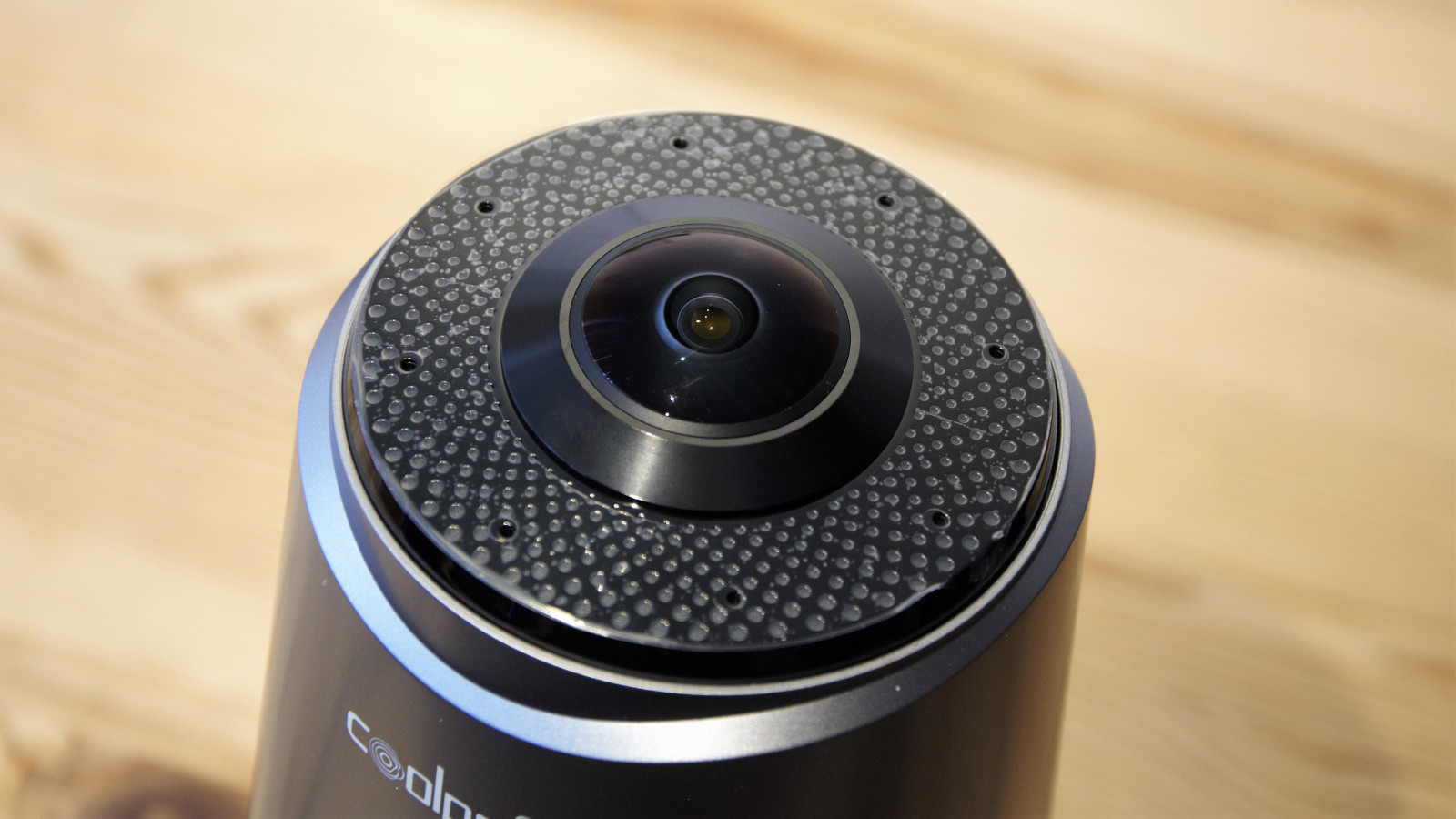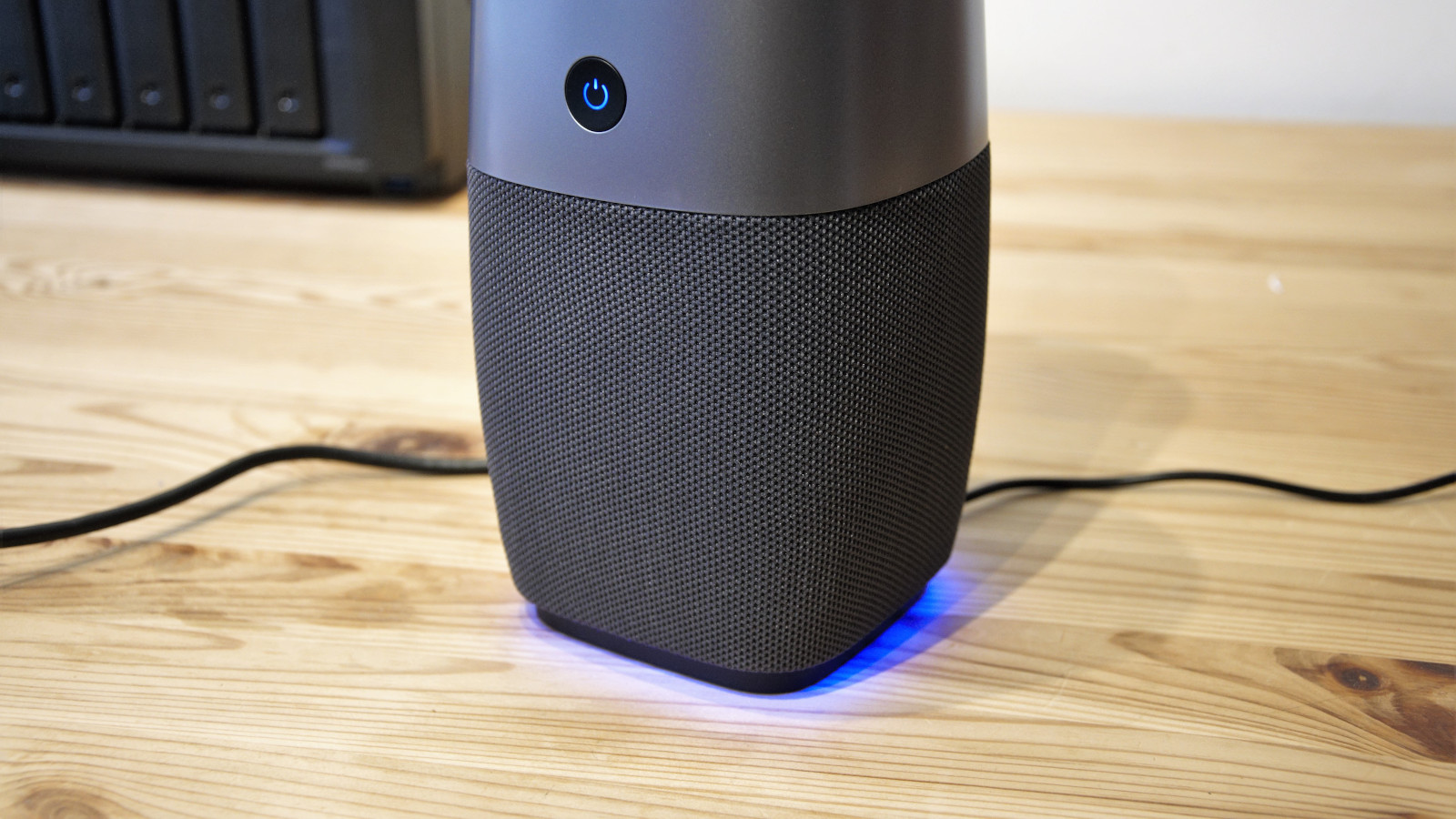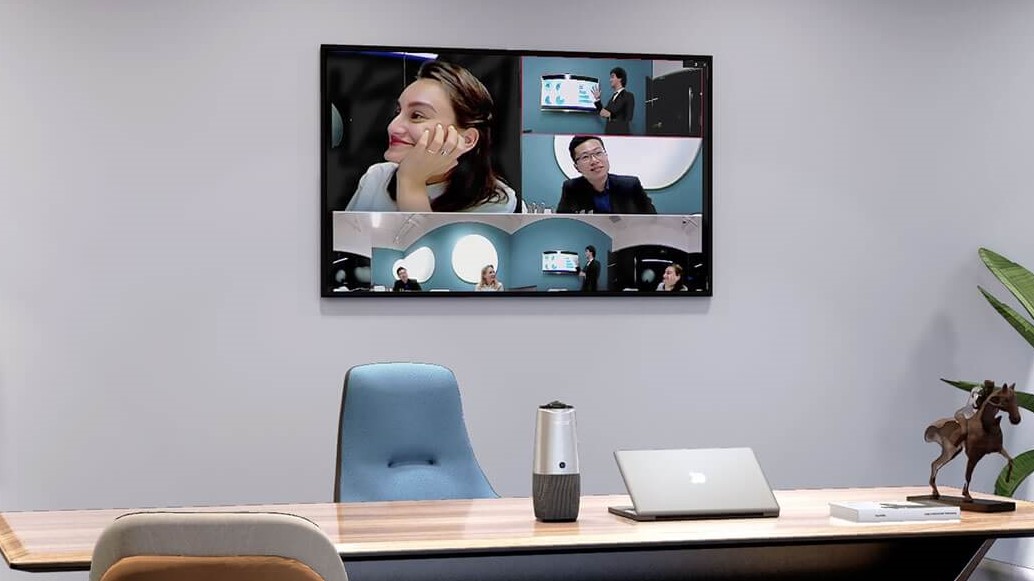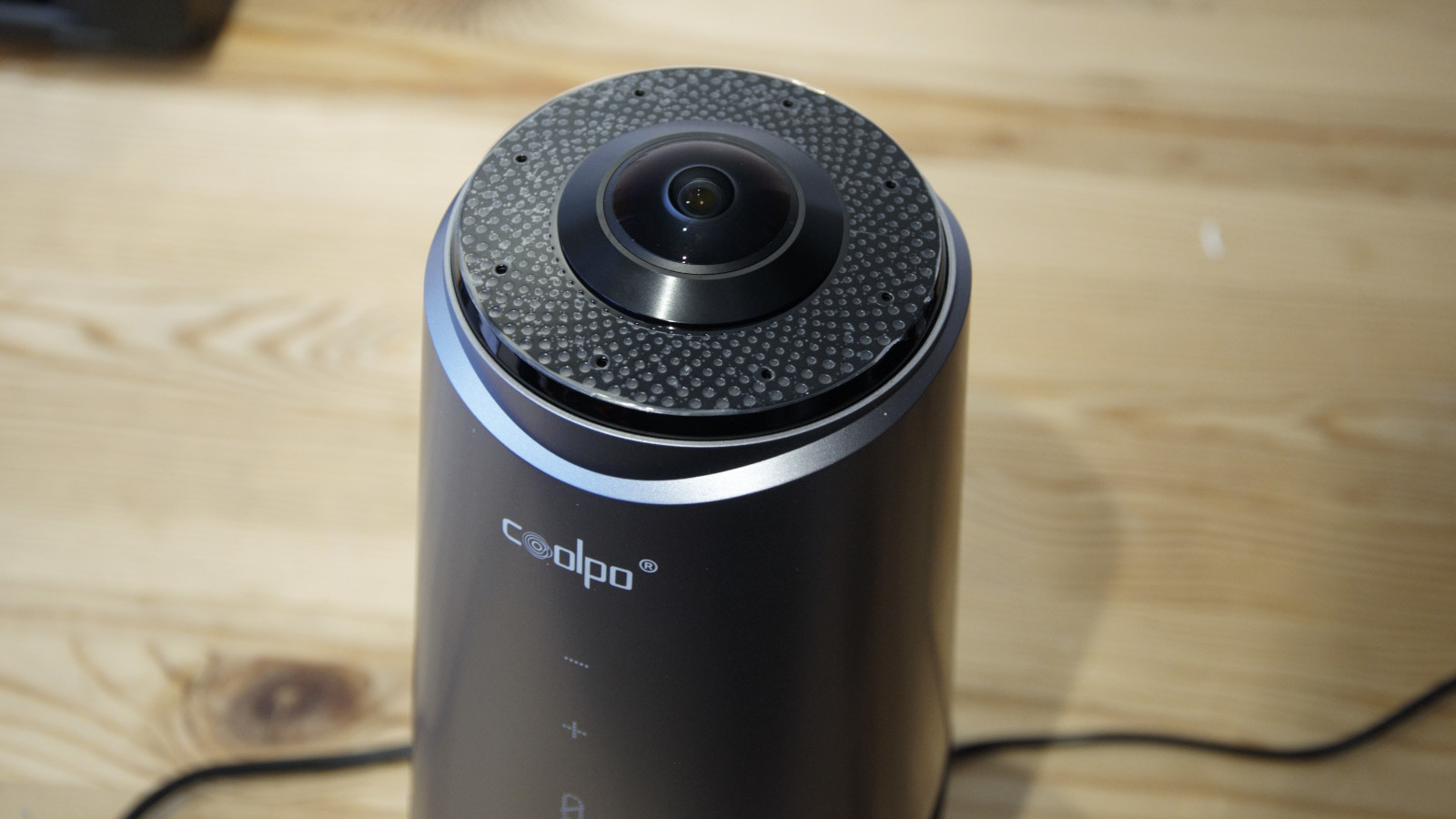Coolpo AI Huddle PANA video conference system review
Not surprisingly, video conferencing has been given a massive boost by recent historical events since we’ve been forced to embrace Zoom, Teams, Meet, Skype and a dozen other conferencing tools.
And we’ve all seen those people who are lit from beneath like they’re classic horror stars from 1930s movies, crop the tops of their heads off, or have someone with them who speaks but is never seen.
Looking unprofessional is remarkably easy, and let’s not even discuss those users who mute themselves or point the camera is completely in the wrong direction.
What those users need is a solution that makes being seen and heard straightforward and predictable, and the Coolpo AI Huddle PANA video conference system might just fit that bill.
Price and availability
At this time, this product is only available directly from Coolpo, and it costs $799 plus delivery, and delivery costs vary depending on where in the world you are based.

Design
We’d make a strong argument that the person who designed the Huddle had previously worked on kitchen appliances since it has the aesthetics of a personal coffee maker or a small juicer.
The gently curving sides and touch-activated buttons all have that vibe, and it disguises the purpose of this equipment to a degree.
And, you know that some witty person encountering it for the first time will ask where the foaming Campachoochoo comes out, inevitably.
Opening the box reveals a short COOLPO AI HUDDLE PANA User Manual, a card with a QT graphic on it to activate VIP customer service, a 12v/1.5A PSU, a USB 3.0 A to Micro B Cable, and the imposing Huddle PANA.
While in transit, the unit is held in place with some impressive laser-cut high-density foam, protecting it from whatever abuse the box might suffer travelling to you.
Stood on a table where it is meant to be deployed, the Huddle stands around 30cm high, with the very top mounting the fish-eye camera.
The vertical height makes some assumptions about the physical scale of those sat around, how low they might position their seating and if anything in their hands needs to be seen during the conference.
It is for those using it to make any adjustments, as the unit is a fixed height and has no inherent means to lower or elevate the camera.
The bottom portion of the Huddle is fabric-covered, and the rest is mostly silver plastic. A rubber cap rests on the camera at the very top, and the two cables connect under the rubber foot base.

As controls go, the Huddle is as simple as it gets with a physical ON/OFF switch and three touch-sensitive controls to increase/decrease volume and mute.
The means of feedback to these button actions is an LED strip around the base that projects coloured light on to the table surface. Mute sends the LEDs red, and volume changes are represented by a transition between blue and purple.
When the unit is operational, with video is being streamed, these lights have a pulsing mode to make it clear that they are most likely being observed.
Our only mild disappointment is that there is no storage for the rubber cap when it isn’t in use, and we’d be surprised if this weren’t the first part of this product to go missing after deployment.
In Use
This unit must be connected to the computer hosting the virtual meeting. But no drivers are required for it to function, making it is possible to take it to a remote site and system without any prior installation.
To the host system, the Huddle appears to be three devices; a microphone, speaker and video source. These devices can be connected to any software designed to access them. And, as no special software or interface is needed, they will work with almost any conferencing software you or your company likes.
The only caveat to that statement is that some tools, and we’re talking about Apple Facetime mostly, are oddly skewed to portrait video sources, and the Huddle isn’t ideal for that.
What’s important to realise is that the AI in the Huddle, called Meeting Flex, is operating as a live TV studio editor, adapting to the action and focusing on the person speaking.
Typically, the screen is split into four regions, with a single wide 360-degree view at the bottom and zoomed panels of those who are present. With more than three people around the table, the Huddle will attempt to provide closeups of those that speak as the meeting progresses.
What’s truly impressive is that if anyone stands up and starts walking around while talking, the Huddle will track them. And, if they stop speaking and move again, once they start to talk again, it will find them quickly and put them in a window.
How well this works is impressive and removes many of the limitations of web camera conferencing.
The automated editing isn’t perfect, and it can get caught out, but Coolpo has taken a big step towards a future where these devices will become commonplace. Each of the zoomed panels is part of the 3840 x 2160 resolution image that the camera sensor captures, making them at least 720p or better resolution.

One concern is that Coolpo didn’t put any security slot on the device, allowing it to be removed easily by a nefarious person who fancies having this at home to hold family meetings. And, both the USB and PSU cables for the device are very short at under a metre.
Competitors
We looked hard, but in terms of 360-degree conferencing cameras, Coolpo has this market entirely at this time. Not that we don’t think that others won’t see the potential and embrace it once they’ve seen this device in action.
The nearest device is the Logitech MeetUp Video Conferencing System, a solution that incorporates a 4K camera and a 120-degree wide field of view. But this only works when placed at one end of a room, not in the middle, and it has an MSRP of $999.
It is possible to get 4K conferencing cameras for much less, even high-quality ones like the Logitech Brio Stream Webcam, but these don’t handle the situations that the Huddle was made for. If they do pan and zoom, those changes are normally initiated by the operator and not automated by the system.

Final verdict
The strength of this design, it’s simplicity, is probably also its greatest weakness. Because should the system, for whatever reason, decides not to do what the users expect, then there isn’t any way to tweak or configure the output to address those issues.
The designers of this equipment made various assumptions about the conferencing scenarios that the Huddle would typically encounter, and issues occur when those assertions turn out not to be true.
For example, if one side of the room is brightly illuminated and the other is in dark shadows. The light level balancing routine takes the panoramic images as a whole and averages the exposure, which can easily be the wrong level for both sides.
A solution would be to adjust each of the sub-images independently, which the Huddle currently doesn’t do, and it has no means to selectively alter either by zone or person.
However, if you have a room where everyone is equally lit, and nobody sits a silly distance from everyone else, then the Huddle will work admirably.
It would be nice to have the means to capture the whole panoramic video, and not just the people, but for the most part, the system does those things that most conference callers require.
Is it worth $799? From a technical perspective, probably not, since the lens, sensor, and electronics aren’t anything dramatic. And, providing only a single year of warranty is underwhelming.
But, where it might more readily justify that price is through avoiding the potential loss of time with office managers messing around positioning cameras and checking everyone is clearly heard. It’s easy to eat up the first fifteen minutes of any meeting with technical adjustments that aren’t necessary with the Huddle, and time, as they say, costs money.
Depending on how well paid the group of people sat around the Huddle, and those streamed from the unit, it wouldn’t take many start-on-time meetings to cover the cost of this device.
0 comments:
Post a Comment